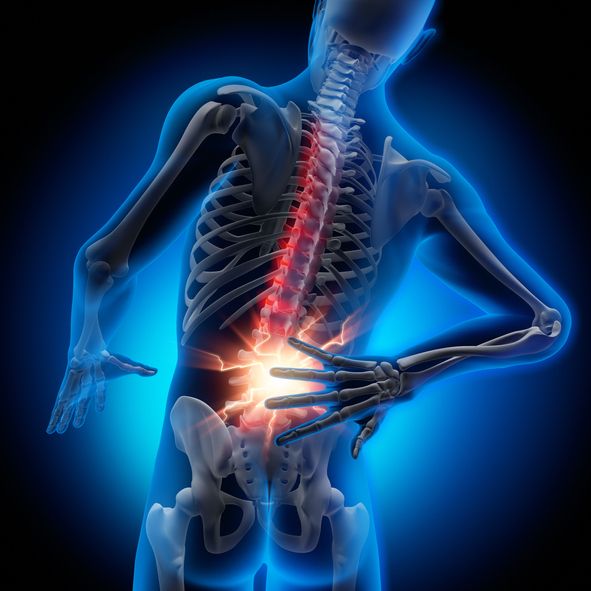Don't Fall to ayurvedic treatment for knee pain Blindly, Read This Article
Don't Fall to ayurvedic treatment for knee pain Blindly, Read This Article
Blog Article
Lower pain in the back is something that many of us experience at some point in our lives, with approximately 85% of grownups dealing with it. Whether it's a dull, irritating pains or a sharp, persistent pain, it can be exceptionally disruptive. Most of the time, it originates from problems in the lower spinal column, tense muscles, and even neighboring organs. While traditional treatments focus on managing signs, integrative methods like Ayurveda, Yoga, and Acupuncture dive much deeper, attending to both the physical discomfort and the psychological toll that pain can take on us.
What Causes Lower Back Pain?
Lower neck and back pain can come from a variety of sources, such as:
● Problems in the back spine: Issues with the vertebrae or discs in the lower back.
● Muscle stress: Overworked or inflamed muscles from poor posture, overexertion, or tension.
● Nerve compression: Commonly caused by a herniated disc continuing neighboring nerves.
● Internal organ problems: Pain referred from organs in the pelvic or stomach.
If your pain is extreme, lingers in spite of rest, or features symptoms like leg pain, tingling, weak point, or unexplained weight reduction, it's crucial to see a doctor.
How Ayurveda Can Help
Ayurveda, with its holistic and tried and true solutions, uses natural solutions for treating lower neck and back pain. Here are some treatments that can assist:
● Kati Basti: This involves applying warm, medicated oil directly to the lower back. The heat and oil interact to reduce stiffness, promote blood circulation, and relieve pain.
● Elakizhi: Medicated herbal leaves are used in a hot compress to alleviate muscle tension and promote recovery.
● Panchakarma (Basti): This treatment utilizes a medicated enema to relax Vata dosha (among the body's energy types). Vata imbalance is often linked to back pain, and Basti helps restore balance, decrease swelling, and avoid reoccurrence.
Acupuncture for Pain Relief
Acupuncture is another effective method to handle pain in the back. By
placing great needles into particular points on the body, acupuncture:
● Stimulates the release of endorphins, the body's natural painkiller.
● Improves blood circulation and lowers swelling in the afflicted location.
● Works together with Ayurveda to provide a well-rounded and efficient pain management service.
Yoga for Long-Term Relief
Yoga matches Ayurveda and Acupuncture, offering a way to manage pain on a daily basis. It helps by:
● Stretching and strengthening the muscles: Yoga poses can assist enhance versatility and ease stress in the back.
● Breathing exercises and meditation: These practices calm the mind, reduce stress, and support your body's natural recovery procedure.
While yoga alone might not totally eliminate the underlying reasons for lower pain in the back, it can substantially alleviate discomfort and help keep a healthy, pain-free back with time.
A Holistic Approach for Lasting Relief
By integrating Ayurveda, Yoga, and Acupuncture, you're not just treating the signs-- you're attending to the root causes of lower back pain. These treatments collaborate to balance the mind and body, providing a more natural and extensive solution to pain relief. With this integrative technique, you can find not just physical relief however also a higher sense of wellness and balance in your life.
If you're looking for a long-lasting, holistic way to manage pcos treatment your lower pain in the back, these therapies could be the response.